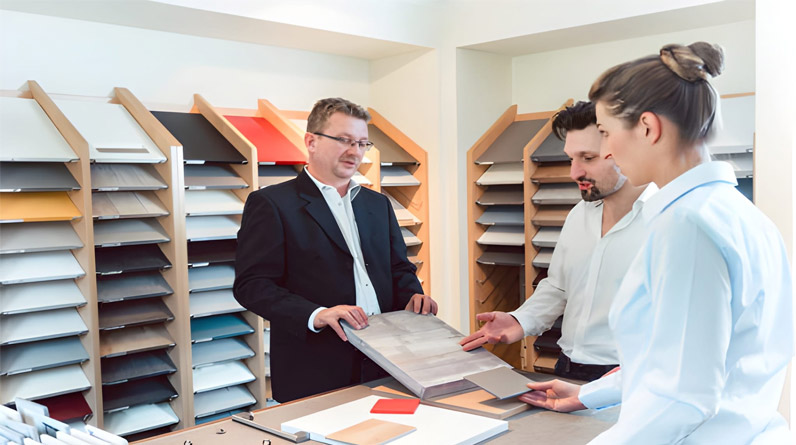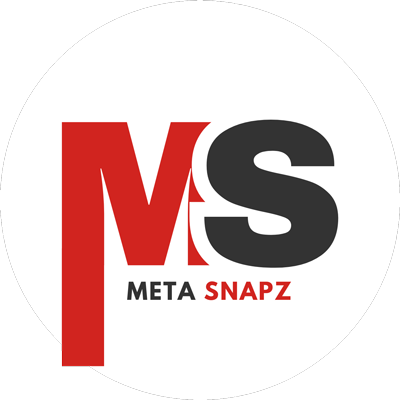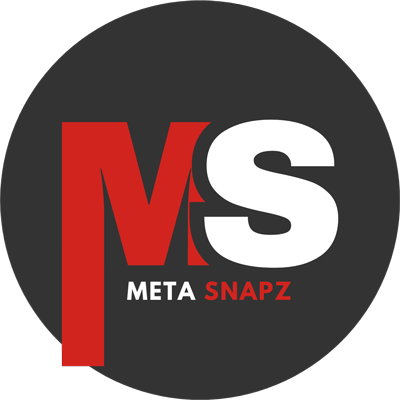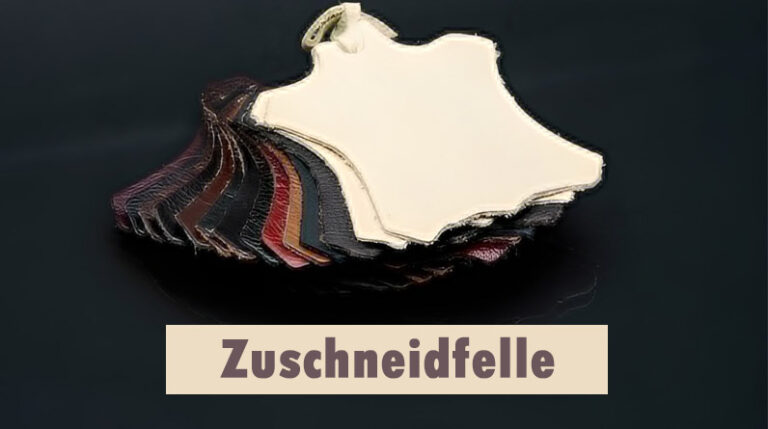In an era dominated by fast fashion and mass-produced goods, a quiet revolution is taking place among designers, craftspeople, and luxury brands. They’re turning back to a time-honored German tradition: zuschneidfelle—precision-crafted leather cuts that embody quality, sustainability, and authentic craftsmanship. But what exactly are these materials, and why are they becoming increasingly vital in today’s creative industries?
This comprehensive guide explores the world of zuschneidfelle, uncovering how these carefully prepared leather pieces represent far more than just materials—they’re a statement about valuing durability over disposability and tradition over convenience.
Understanding Zuschneidfelle: More Than Just Leather Cuts
The Etymology and Craft Behind the Name
The term “zuschneidfelle” originates from German craftsmanship tradition. Breaking it down: “zuschneiden” means “to cut,” while “felle” translates to “hides” or “skins.” Together, they describe a process that’s been refined over centuries—the meticulous selection, preparation, and precise cutting of animal hides into ready-to-use pieces.
Unlike raw hides that require extensive preparation, zuschneidfelle arrive pre-treated, uniformly sized, and ready for immediate application. This distinction is crucial for understanding why professional artisans and hobbyists alike value these materials so highly.
What Sets Zuschneidfelle Apart from Raw Materials
The fundamental difference between zuschneidfelle and raw hides lies in preparation and consistency:
- Pre-treatment: All necessary processing is complete—cleaning, tanning, dyeing, and finishing are already done
- Quality control: Pieces are selected specifically for their texture, color, and grain patterns
- Waste reduction: Strategic cutting minimizes material waste while maximizing usable sections
- Time efficiency: Craftspeople can begin projects immediately without preliminary preparation
- Cost-effectiveness: Smaller, pre-cut pieces reduce purchasing requirements and project expenses
The Material Diversity: Exploring Leather and Hide Types
A Comparative Overview of Premium Hide Sources
| Hide Type | Texture & Characteristics | Primary Applications | Durability Rating | Ideal For |
|---|---|---|---|---|
| Sheepskin | Soft, lightweight, fine grain | Linings, gloves, accessories | Moderate | Delicate, wearable items |
| Calfskin | Smooth, refined, delicate grain | Luxury handbags, wallets, fine leather | High | Premium fashion pieces |
| Cowhide | Thick, strong, versatile texture | Upholstery, belts, heavy goods | Very High | Durable, long-lasting items |
| Goat Hide | Supple yet durable, natural character | Bags, shoes, artisanal pieces | High | Artistic, handcrafted projects |
| Exotic Furs | Unique patterns, distinctive texture | Traditional costumes, statement pieces | Variable | Specialized, cultural applications |
Beyond Traditional Leather: Synthetic and Eco-Friendly Options
Modern zuschneidfelle producers recognize the growing demand for sustainable alternatives. Today’s market includes:
- Vegan leather alternatives: PVC and polyurethane-based cuts that mimic genuine leather appearance
- Natural fiber options: Jute and cotton cuts offering eco-conscious crafters sustainable possibilities
- Felt zuschneidfelle: Soft, textile-based cuts perfect for quilting and decorative projects
- Recycled leather: Innovative suppliers now offer zuschneidfelle made from reclaimed leather scraps
Industrial Applications: Where Zuschneidfelle Shine
Fashion and Luxury Apparel
The fashion industry represents the primary market for premium zuschneidfelle. Designers appreciate these materials for their:
- Consistency enabling cohesive collection designs
- Heritage connection attracting quality-conscious consumers
- Ability to achieve distinctive finishes and textures
- Sustainability narrative appealing to modern buyers
Example: A luxury leather goods brand might use calfskin zuschneidfelle for a limited edition handbag line, where each piece’s uniform grain pattern allows for strategic design placement, creating visual harmony across the collection while justifying premium pricing.
Interior Design and Upholstery
Interior designers leverage zuschneidfelle for:
- Bespoke furniture upholstery projects
- Custom wall treatments and accent installations
- Luxury car interior customization
- High-end hospitality and residential design
Artisanal Craftsmanship and DIY Culture
Perhaps the most exciting growth area involves creative individuals and small makers. Zuschneidfelle democratize premium craftsmanship by offering:
- Accessible entry points for leather crafting beginners
- Reduced material waste and purchasing pressure
- Predictable quality standards for consistent results
- Inspiration from traditional techniques
The Sustainability Perspective: Zuschneidfelle as an Ethical Choice
Waste Reduction Through Strategic Cutting
One often-overlooked advantage of zuschneidfelle lies in their environmental impact. Traditional leather processing generates significant waste. By pre-cutting hides strategically, suppliers maximize material utilization—a practice that benefits both producers and conscious consumers.
Responsible sourcing has become paramount in the leather industry. Leading zuschneidfelle suppliers now prioritize:
- Ethical animal husbandry: Partnering with farms emphasizing animal welfare
- Eco-friendly tanning: Utilizing chrome-free and vegetable tanning processes
- Water conservation: Implementing modern technologies reducing water consumption
- Chemical management: Eliminating harmful substances from production processes
- Transparency: Providing traceability from source to finished product
The Longevity Advantage
Quality zuschneidfelle pieces often outlast fast-fashion alternatives by decades. This longevity directly reduces environmental impact by decreasing the frequency of replacement purchases—a crucial consideration in sustainable consumption.
Selecting High-Quality Zuschneidfelle: A Buyer’s Guide

Critical Selection Criteria
1. Texture and Grain Pattern
Examine the leather’s surface carefully. Smooth, consistent grain indicates quality tanning, while uniform color suggests proper dyeing processes. For specialized applications like fashion, look for pieces where the natural grain enhances rather than detracts from your design.
2. Thickness Specifications
Thickness directly impacts functionality. Clothing requires thinner, more flexible zuschneidfelle (typically 0.8-1.2mm), while upholstery demands thicker, sturdier material (1.5-3mm or more). Verify specifications before purchasing.
3. Color Consistency and Finish
Professional zuschneidfelle exhibits uniform coloring across pieces. Matte finishes suit rustic or traditional aesthetics, while glossy finishes convey contemporary sophistication. Your choice should align with your project’s intended mood and function.
4. Sustainability Certifications
Look for recognized certifications indicating responsible sourcing. Leather Working Group (LWG) environmental certification and similar standards demonstrate supplier commitment to ethical practices.
Common Mistakes to Avoid
- Purchasing based solely on price—budget alternatives often sacrifice quality
- Ignoring material specifications—wrong thickness undermines project success
- Overlooking finish requirements—mismatched aesthetics compromise final results
- Neglecting sustainability considerations—supporting irresponsible sourcing perpetuates industry problems
Sourcing Zuschneidfelle: Where to Find Premium Materials
Retail Options Comparison
| Source Type | Advantages | Disadvantages | Best For |
|---|---|---|---|
| Local Craft Stores | Hands-on examination, immediate availability | Limited selection, potentially higher prices | Beginners wanting tactile feedback |
| Specialty Online Retailers | Extensive variety, competitive pricing, reviews | Cannot inspect before purchase | Experienced crafters with specific needs |
| Artisan Marketplaces | Direct producer relationships, unique finds | Variable consistency, shipping delays | Artists seeking distinctive materials |
| Trade Shows and Fairs | Networking opportunities, bulk discounts | Limited geographic availability | Professional crafters, bulk purchasing |
| Direct Suppliers | Wholesale pricing, custom orders | Minimum quantity requirements | Established businesses, manufacturers |
Care, Maintenance, and Longevity: Maximizing Your Investment
Professional Care Protocol
Proper maintenance transforms zuschneidfelle projects into lifelong possessions:
- Storage: Keep in cool, dry environments away from direct sunlight and heat sources
- Cleaning: Gently brush with soft-bristled brushes; use damp cloths only when necessary
- Conditioning: Apply leather conditioner periodically to maintain suppleness
- Moisture management: Avoid excessive dampness that promotes mold and mildew
- Repair: Address wear and damage promptly before deterioration advances
The Future of Zuschneidfelle: Innovation Meets Tradition
As consumers increasingly demand sustainable, ethically-produced goods, zuschneidfelle occupy a unique position at the intersection of tradition and innovation. Forward-thinking suppliers are:
- Developing lab-grown leather alternatives maintaining traditional qualities
- Implementing blockchain traceability systems ensuring supply chain transparency
- Creating vegan zuschneidfelle without compromising performance
- Pioneering waste-reduction technologies maximizing material utilization
Conclusion: Zuschneidfelle as a Statement of Values
Zuschneidfelle represent far more than practical materials—they embody a philosophy valuing quality over quantity, durability over disposability, and tradition over trending. Whether you’re a professional designer, passionate hobbyist, or conscious consumer, understanding and appreciating zuschneidfelle opens doors to superior craftsmanship and ethical creation.
By choosing premium, responsibly-sourced zuschneidfelle, you invest not only in exceptional projects but in a more sustainable, artisanal future. In a world of shortcuts and mass production, these precision-cut leather pieces stand as testament to the enduring value of authentic craftsmanship.


